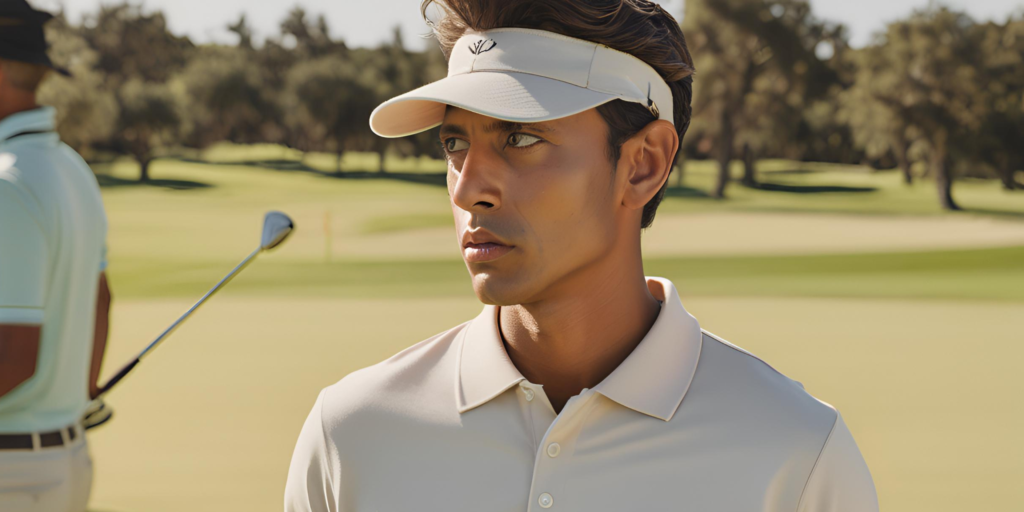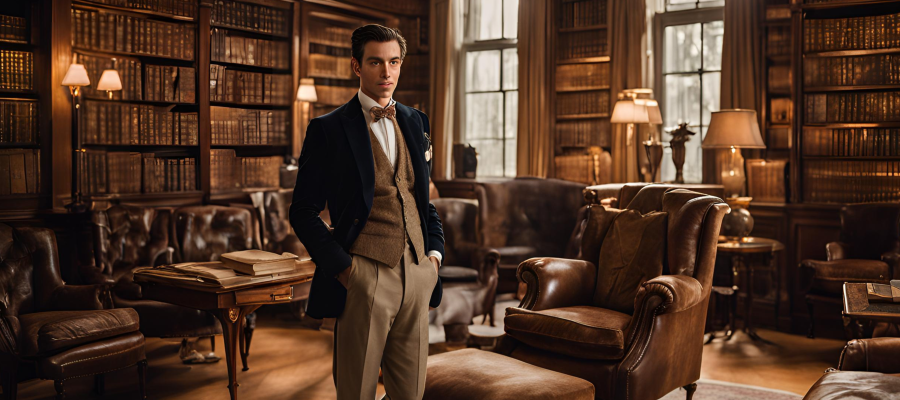
Old money fashion has always been more than just a style; it’s a representation of timeless elegance, heritage, and a lifestyle deeply rooted in tradition. While fashion trends have evolved significantly over the decades, the essence of old money fashion has remained consistent: an emphasis on quality, understated luxury, and timeless designs. In this blog, we will explore the evolution of old money fashion through the decades and how it continues to influence modern style.
For brands and businesses looking to align themselves with the old money aesthetic, services like mockup design, website development, and public relations offered by www.wetick.in can help craft a polished and sophisticated image.
1920s: The Era of Sophistication
The 1920s marked a significant shift in fashion as the world recovered from the Great War. Old money fashion in this decade embraced the elegance of tailored suits for men and the rise of flapper dresses for women. Key elements included:
For Men: Double-breasted suits, waistcoats, and pocket watches.
For Women: Drop-waist dresses, pearl necklaces, and luxurious fabrics like silk and velvet.
Old money style in the 1920s was characterized by its polished yet relaxed approach to fashion, setting the foundation for decades to come.

1940s: Function Meets Elegance
During World War II, practicality influenced fashion. However, old money style retained its elegance even amidst scarcity. Key trends included:
For Men: Slim-fit suits, muted tones, and functional outerwear like trench coats.
For Women: A-line dresses, tailored blazers, and subtle accessories.
This era emphasized timeless silhouettes that combined functionality with sophistication—a hallmark of old money fashion.
1960s: The Preppy Revolution
The 1960s introduced preppy style, which became synonymous with old money fashion. Key elements included:
For Men: Polo shirts, loafers, and tailored chinos.
For Women: Shift dresses, cardigans, and pearls.
Brands like Ralph Lauren and Brooks Brothers became iconic during this period, shaping the preppy aesthetic that remains integral to old money style today.
"Style is a way to say who you are without having to speak, and true elegance lies in timeless simplicity. Old money fashion is not about trends; it’s about wearing confidence, class, and a legacy that never fades." – Rachel Zoe
1980s: Power Dressing and Bold Statements
The 1980s saw the rise of power dressing, blending traditional elegance with modern assertiveness. Key trends included:
For Men: Double-breasted blazers, suspenders, and bold ties.
For Women: Structured blazers with shoulder pads, silk blouses, and gold jewelry.
This era highlighted confidence and sophistication, emphasizing the importance of quality tailoring and luxurious materials.
2000s: Minimalism and Understated Luxury
As fashion entered the 21st century, old money style shifted towards minimalism. Key elements included:
For Men: Neutral-toned suits, sleek leather shoes, and subtle branding.
For Women: Cashmere sweaters, tailored trousers, and timeless handbags like the Hermès Birkin.
The 2000s reinforced the idea that wealth does not need to be flaunted through logos but rather expressed through quality and craftsmanship.
2020s: A Return to Heritage
Today, old money fashion celebrates its roots while embracing modern sustainability. Key trends include:
For Men: Bespoke tailoring, vintage-inspired accessories, and eco-friendly fabrics.
For Women: Linen dresses, heirloom jewelry, and timeless silhouettes.
This decade emphasizes a return to heritage, with a focus on investing in pieces that stand the test of time.
Why Old Money Fashion Remains Relevant
Old money fashion thrives because of its commitment to timelessness, authenticity, and quality. In a world dominated by fast fashion, it represents a refreshing counterbalance that prioritizes enduring style over fleeting trends.
For brands looking to resonate with this timeless aesthetic, Wetick offers essential services like mockup design, website development, and social media marketing to help build a refined and cohesive presence. Visit www.wetick.in and get your brand ready and launch it today.
Conclusion
The evolution of old money fashion through the decades tells a story of refinement, heritage, and an unwavering commitment to quality. From the tailored suits of the 1920s to the minimalist luxury of today, this aesthetic remains a benchmark for timeless elegance.
For businesses aiming to align with this style, www.wetick.in mockup design, website development, and public relations services provide the perfect tools to craft a sophisticated brand image. Embrace the legacy of old money fashion and make timeless elegance your signature style.




2 Comments
Atque et odit occaecati impedit libero dolorem. Officiis quasi fugiat vitae dolor. non sint ullam et Voluptate error veritatis ea esse dolore possimus atque. Ea repellendus mollitia Qui ea eos nihil recusandae voluptas similique. laudantium voluptatem deleniti placeat consequatur eos dolores. est consectetur Porro est sunt libero. recusandae dolor id expedita.
Atque exercitationem nostrum omnis et commodi nobis. Illum porro a earum facilis libero eos autem. Id magnam sed nesciunt praesentium dicta voluptates laudantium. Provident rerum voluptas quam quasi ea. Veniam maiores dolorem laboriosam et ullam laboriosam. Libero aut eveniet pariatur.